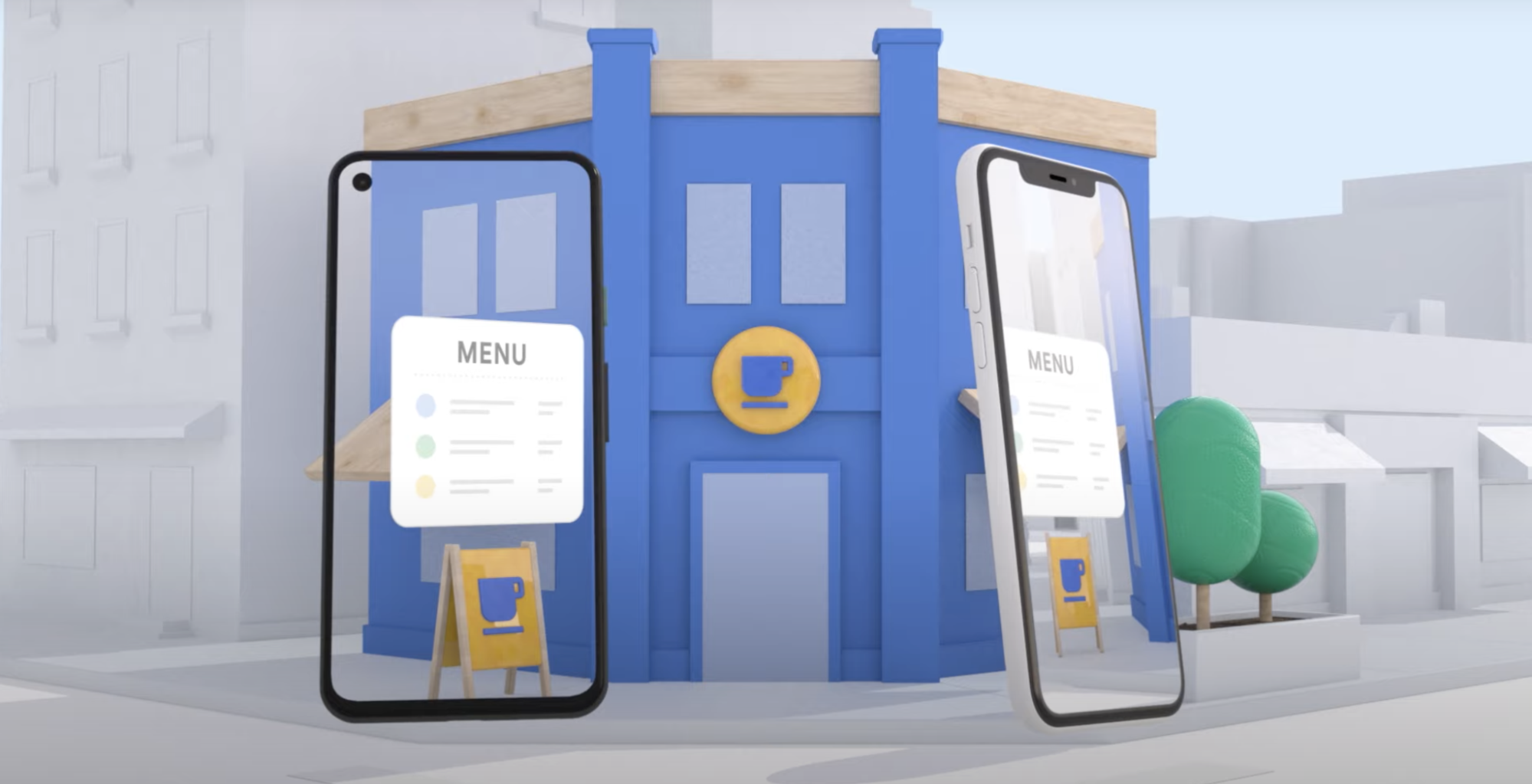Page Summary
-
Cloud Anchors are special anchors hosted on the ARCore API cloud endpoint that persist AR experiences in the real world and enable shared experiences across multiple users and devices.
-
The ARCore Cloud Anchor API allows you to create interactive digital content anchored to actual locations that can be shared over time by multiple people using both Android and iOS devices.
-
Use cases for the ARCore Cloud Anchor API include persisting AR experiences for later viewing by the same or different users and enabling real-time collaborative experiences.
-
The process involves hosting an anchor by uploading its data to the cloud to get a unique ID, then resolving the anchor by using the ID on another device in the same environment to recreate the experience.
Platform-specific guides
Android (Kotlin/Java)
Android NDK (C)
Unity (AR Foundation)
iOS
Unreal Engine

A Cloud Anchor is a special type of anchor that can be used to persist AR experiences in the real world. With the ARCore Cloud Anchor API, or ARCore Cloud Anchor service, you can create interactive layers of digital information and anchor them to actual locations, designing experiences that can be shared over time by multiple people across many different devices. Cloud Anchors connect real world locations with digital content that anyone can access from compatible mobile devices. Both Android and iOS users can participate in the same experience and return to them again and again, even weeks or months later.
Anchors and Cloud Anchors
Cloud Anchors are anchors that are hosted on the ARCore API cloud endpoint. This hosting enables users to share experiences in the same app. The basic guidelines for anchors also apply to Cloud Anchors.
Use cases for developing with the ARCore Cloud Anchor API
The ARCore Cloud Anchor API can help persist AR experiences in the real world and create shared experiences between users. The following are some ways you can use it in your own projects.
Persist AR experiences in the real world
Cloud Anchors enable one user to place an AR object in the physical environment and another to see the same object at the same place at a later time. For example, use Cloud Anchors to create virtual signs in front of stores, leave virtual notes on their kitchen countertops for their friends, or redecorate their bedrooms with virtual posters. In general, Cloud Anchors are best used for room-scale AR experiences.
Real-time collaborative experiences
Cloud Anchors also enable real-time collaboration between users. For example, users can play a virtual game of ping-pong on the coffee table, or paint a virtual mural together with their community.
Device compatibility
The ARCore Cloud Anchor API works on all ARCore supported devices.
How Cloud Anchors work
ARCore connects to the ARCore API cloud endpoint to host and resolve Cloud Anchors, thereby enabling these shared experiences. This requires a working Internet connection.
Here’s a high-level picture of how hosting and resolving works:
- The user creates a local anchor in their environment.
- The anchor is hosted — ARCore uploads that local anchor’s data to the ARCore API cloud endpoint, and the endpoint returns a unique ID for that anchor.
- The app distributes that unique ID to other users.
- The anchor is resolved — Users whose devices have the unique ID can recreate the same anchor using the ARCore Cloud Anchor API.
Hosting
To establish and host an anchor, ARCore uses a 3D feature map of the space surrounding that anchor. To obtain this feature map, the device's rear camera must map the environment in and around the center of interest from different viewing angles and positions before the host call. The ARCore Cloud Anchor API then creates a 3D feature map of the space, and returns a unique Cloud Anchor ID to the device.
Resolving
When another user in the same environment points their device’s camera at the area where the Cloud Anchor was hosted, a resolve request causes the ARCore Cloud Anchor API to periodically compare visual features from the scene against the 3D feature map that was created. ARCore uses these comparisons to pinpoint the user's position, orientation, and pose relative to the Cloud Anchor.
API deprecation policy
See ARCore Cloud Anchor API deprecation policy for details.
